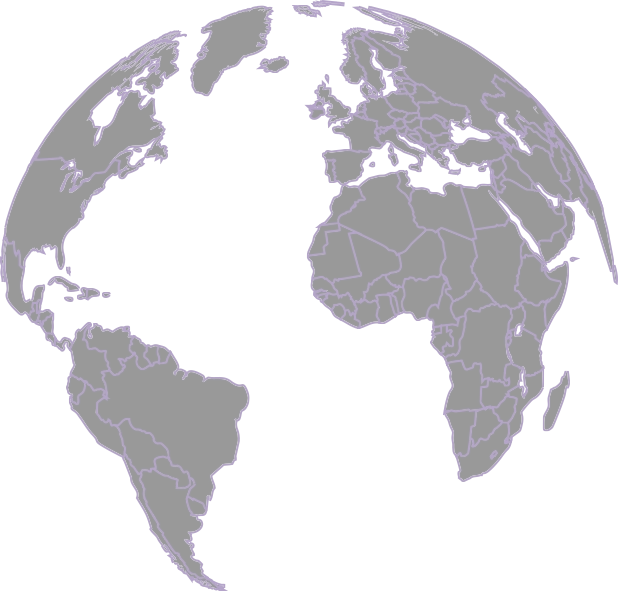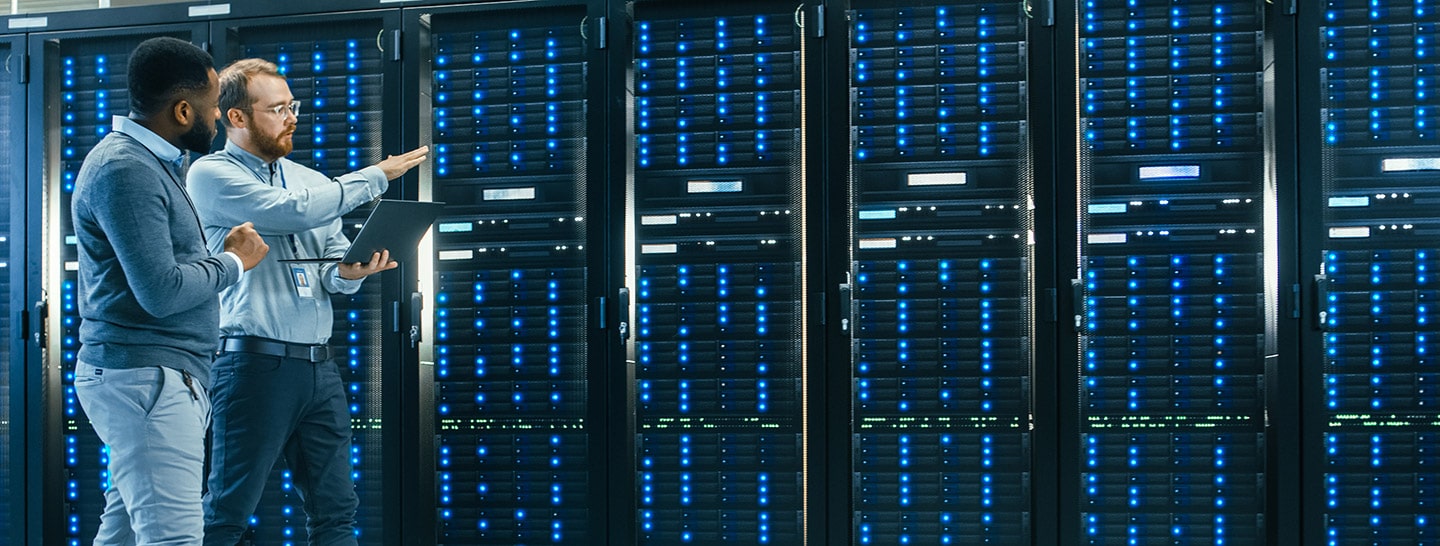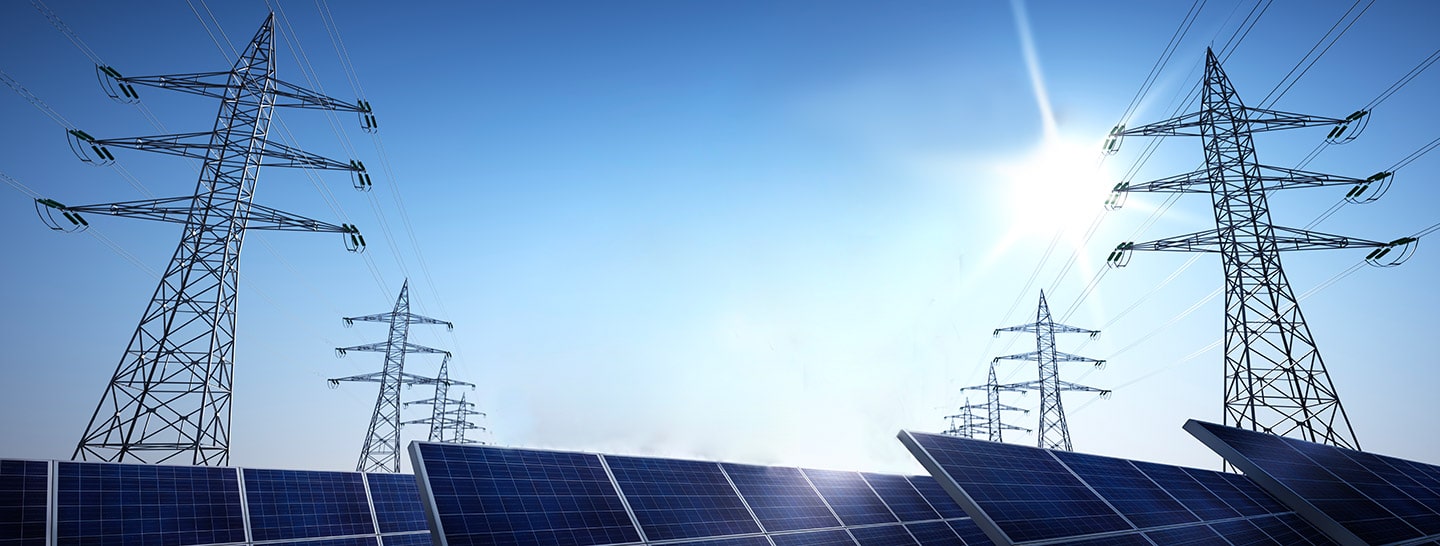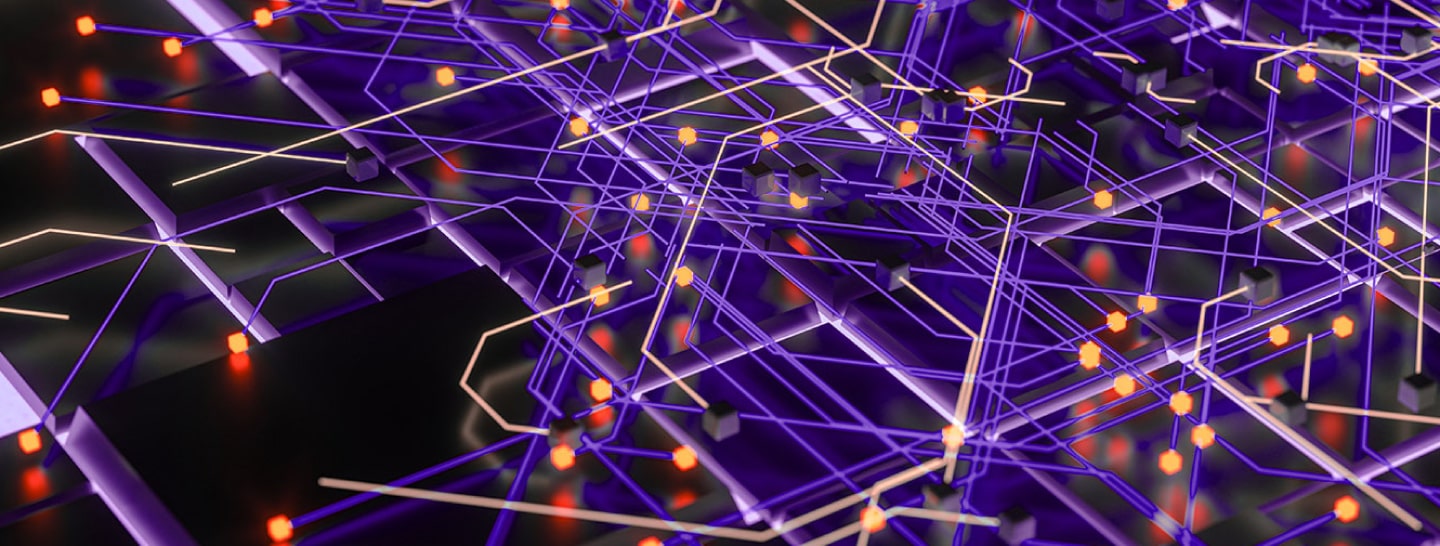
Smart Grids Are Like the Internet
The smart grid and the internet have much in common. Both are products of digitalization. Both are buttressed by flexibility and resilience. In both cases, the resilience comes from redundancy, or the ability of one part of the network to take the place of another to ensure the final destination is reached. Both are decentralized and favor dispersion: the internet is based on millions of computers linked to one another; the smart grid draws on generators at customer-owned sites, rooftop solar arrays and so on, as well as huge power stations. Both are interactive. In traditional power grids, flows go in one direction only — from the utility to the consumer. In contrast, a smart grid is defined by flows going in both directions: from the utility to the consumer and from the user back to the utility. The flows are guided by a system of controls, computers and new technologies that work together to respond quickly to changing demands made on the grid.
Smart Grids for Smart Cities
Resilience and flexibility make the smart grid integral to the creation of smart cities. Renewable power sources have a significant drawback — they depend on the weather. For example, on a still day, wind turbines won’t be generating any power and their input must be replaced. As we’ve seen, the smart grid makes it easier to integrate alternative sources, such as electricity from homes and electric vehicles, as well as stored energy, into the network.
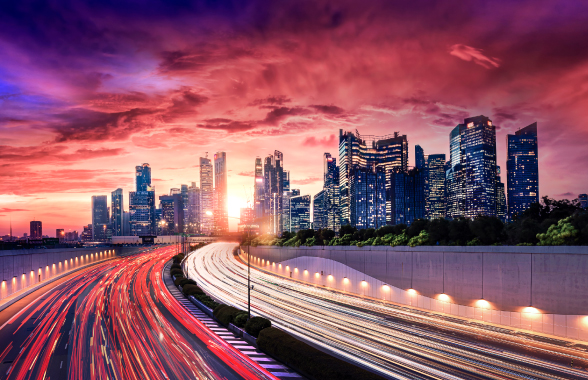
More Efficient, Less Wasteful
A smart grid makes power consumption more efficient, less costly, and less wasteful. By constantly monitoring usage, a smart grid can ensure that the power a client draws from the grid declines when demand peaks, helping to reduce bills. Up-to-the-minute data on the state of the grid at any given time reduces operating costs for the utility. These ultimately feed through into lower power costs for customers.
The flow of real-time data that is a defining feature of a smart grid offers further benefits. The smart meters that are a key step in the modernization of the grid provide clients’ real-time consumption data, permitting advanced services such as billing tailored to the individual user, and give customers the information they need to modify their behavior to keep bills as low as possible.
Smart Grids For Resilience
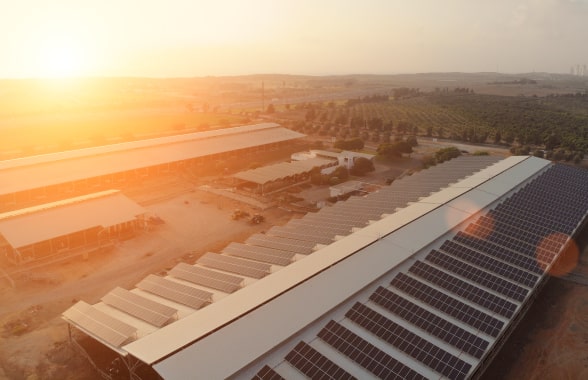
The data flow from the grid also helps the utility to restore supply faster after an outage. Disruption to power supplies, potentially on a large scale, is likely to take on greater significance as climate change leads to more extreme weather happening more frequently. Some examples: in 2016 a violent storm reported as being a once-in-50-years event ripped across South Australia, knocking over pylons and damaging the inter-connectors that govern the flow of energy between networks, leaving most of the state without power. In October 2018, Californian utility Pacific Gas & Electric had to shut off power for 60,000 customers to reduce the risk of starting wildfires as storm force winds pushed power cables together, causing them to spark. The wildfires that devastated parts of Australia at the end of 2019 amid soaring temperatures and high winds are another example.
A Key Solution to Withstand Climate Change
Flexibility in sourcing power is at a premium as the climate warms and sea levels rise. Like many of the world’s megacities, London runs the risk of tidal flooding from the North Sea. The city draws power from generators located on the coast, which may be affected by higher sea levels, and has electrical substations that are vulnerable to local flooding, according to a report from C40, a network of the world’s largest cities that’s focused on addressing climate change. Other potential causes of power outages include hacking, solar flares, flooding and earthquakes.
In short, like any network, a smart grid is vulnerable to disruption. The constant, two-way flow of data that defines it can help detect outages that occur for whatever reason and then isolate and contain them before they turn into full-scale blackouts. Flexibility and resilience are vital in reducing what might be called the fragility of the systems, from communications to transportation to power and much more, that underpin modern life. The smart grid is a key part of that network of networks, an essential solution which will lead smart cities towards a more efficient and digitalized future.
